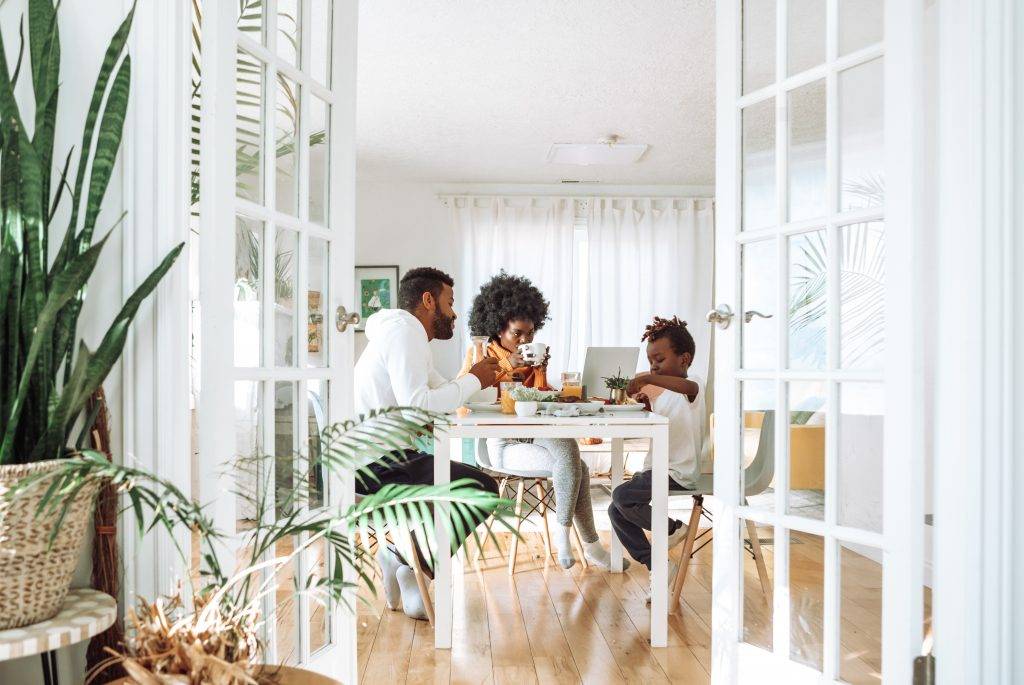Building Up or Extending Out: Cost-Effective Solutions
Is It Better to Build Up or Extend Out?
In this build-up vs. extend home extension guide, we’ll discuss the pros and cons of both second storey additions and ground floor extensions to help you determine which option is the most affordable for your unique situation. We’ll also touch on aspects such as the return on investment, disruption during construction, and the long-term benefits of each option to give you a comprehensive understanding of what to expect.
Second Storey Additions

Second storey additions involve building an additional level on top of your existing home. This type of extension is popular in urban and suburban areas where land space is limited. Here are some of the factors to consider when deciding if a second storey addition is the most cost-effective option for you.
Pros of Second Storey Additions
- Maximises Land Space: If you have a small backyard or limited land space, a second storey addition is an excellent way to add more living space without sacrificing outdoor areas. It allows you to retain garden space, which can be especially valuable if you enjoy outdoor entertaining or if children or pets need room to play.
- Less Disruption: Since the work is primarily done above the ground floor, second storey additions can be less disruptive to your daily life than ground floor extensions. You can continue living in your home during the construction process, which can save you the cost and inconvenience of temporary relocation.
- More Affordable than Moving: If you love your current location and don’t want to uproot your family, a second storey addition is a more cost-effective option than moving to a larger home. Moving involves expenses like real estate commissions, moving costs, and potential renovations in a new home, which you can avoid by extending your current property.
- Potential for Better Views: By extending upwards, you may be able to take advantage of better views that were previously blocked by other buildings or trees. The elevated position can also offer increased privacy, as it is harder for passersby to see into second-floor windows.
- Confidence in a Fixed Cost: Building a second storey addition on top of your existing home is a more cost-effective solution and as there aren’t any unknown costs since there is no ground floor work (e.g. soil removal/excavation unknowns).
Cons of Second Storey Additions
- Structural Constraints: Building a second storey addition requires careful consideration of the structural integrity of your home. If your home was built on steel frames, then it may not support a second storey addition or, you may need to reinforce the existing structure, which can significantly add to the overall cost.
- Limited Floor Plan Options: When extending upwards, the floor plan of your new level will be restricted by the layout of the existing floor below. This can limit your design options.
- Potential for Disrupting Neighbours: If you live in close proximity to your neighbours, a second storey addition may cause disruptions and inconvenience to them, leading to potential complaints and delays. Construction noise, dust, and the presence of construction equipment can all affect neighbour relations.
- Height Restrictions and Permits: Depending on your local council or municipality, there may be height restrictions that limit how high you can build. Obtaining the necessary permits for a second storey addition can be more complex and time-consuming than for ground floor extensions.
Ground Floor Extensions

Ground floor extensions involve building outwards from your existing home. This type of extension is popular in suburban and rural areas, where land space is more readily available. Here are the pros and cons to consider when determining if a ground floor extension is the most cost-effective option for you.
Pros of Ground Floor Extensions
- Unlimited Floor Plan Options: With a ground floor extension, you have more flexibility with your floor plan since you’re not constrained by an existing structure. You can create an entirely new space that suits your needs and budget. This also allows for the addition of modern features such as open-plan living areas, large windows, and bi-fold doors that open to the garden.
- Easier to Obtain Permits: In some areas, obtaining permits for a ground floor extension may be easier and less expensive than for a second storey addition. This can be due to fewer concerns about privacy and overshadowing of neighbouring properties.
- Better for Aging in Place: If you plan to live in your home as you age, a ground floor extension can provide you with a more accessible living space on one level. This is particularly beneficial for those with mobility issues or for those planning to age in place without the need for stairs.
Cons of Ground Floor Extensions
- More Disruption: Ground floor extensions can be more disruptive to your daily life since the work is being done at ground level. You may need to make alternate living arrangements during construction, which can add stress and additional costs.
- Less Yard Space: Since ground floor extensions take up more space on your property, you may have to sacrifice some outdoor areas or landscaping. This can impact your outdoor living space and may require a redesign of your garden or outdoor entertainment areas.
- More Costly: In general, ground floor extensions tend to be more expensive than second storey additions, since they require more materials and labour. Foundation work can be particularly costly, especially if the ground conditions are challenging or if extensive excavation is required, and some of the costs here can be unknown until construction has commenced.
- Zoning and Setback Requirements: Local zoning laws may dictate how close you can build to property lines, which can limit the size and shape of your ground floor extension. Setback requirements can significantly impact the design and feasibility of your project.
How to Determine the Most Cost-Effective Option for Your Home

When deciding whether to extend up or out, it’s essential to consider your specific circumstances and budget. Here are some factors to consider when determining the most cost-effective option for your home.
- Existing Structure: If your home is already structurally sound and can support a second storey addition, this may be the most cost-effective option. However, if you need to reinforce the existing structure, the cost of a ground floor extension may be more affordable.
- Local Building Regulations: Before deciding on a second storey addition or ground floor extension, it’s crucial to research local building regulations. Some areas may have restrictions on the height of the home or the percentage of the lot that can be built on. Compliance with these regulations can influence both the feasibility and the cost of your project.
- Size of Your Current Home: If you have a smaller home, you may get more value for your money by adding a second storey. However, if you have a larger home, a ground floor extension may be the more affordable option. The size and layout of your current home can also affect how easily it can be extended in either direction.
- Your Budget: Ultimately, your budget will play a significant role in determining whether a second storey addition or ground floor extension is the most cost-effective option for you. Consider the cost of materials, labour and permits when making your decision. It’s also wise to include a contingency fund for unforeseen expenses that may arise during the construction process.
Other Factors to Consider
When deciding whether to extend up or out, there are some other factors to consider, besides cost. These include:
- Timeframe: If you need additional living space quickly, a ground floor extension may be the better option. Second storey additions tend to take longer to complete due to the complexity of building upwards and ensuring the existing structure can support the addition.
- Resale Value: While both second storey additions and ground floor extensions can add value to your home, it’s essential to consider which option will provide the most return on your investment. Think about the trends in your local real estate market and how future buyers might view the added space.
- Lifestyle Considerations: Your family’s lifestyle should also be a factor in the decision-making process. If you have young children or plan to grow your family, the layout and accessibility of the new space will be important. Likewise, if you entertain frequently, the flow between indoor and outdoor areas may influence your choice.
- Energy Efficiency: Extending your home provides an opportunity to improve its energy efficiency. Consider the orientation of the new addition, the potential for natural light and ventilation, and the type of insulation and windows you will use. These can all have long-term impacts on your energy costs and comfort levels.
Conclusion
When it comes to adding more living space to your home, there is no one-size-fits-all solution. The most cost-effective option for you will depend on your budget, the size and layout of your current home, and local building regulations. This build-up vs. extend home extension guide encourages homeowners to consider all of these factors before making your decision, and consult with a professional builder or architect to help you determine the best option for your unique situation. With careful planning and consideration, you can successfully extend your home and create the extra space your family needs.
See more:
Elevate Your Second Storey Addition with the Perfect Windows
When planning a second storey addition to your home, windows are a crucial element to consider. Not only do they enhance the aesthetics of your space, but they also play a significant role in ensuring comfort, energy efficiency, and functionality. At 32 Degrees Building, we understand that choosing the right windows is vital for a successful project. That’s why we’ve created this second storey windows guide in partnership with Bradnams, a trusted leader in windows and doors, to offer an array of window options to elevate your second storey addition.
Let’s explore the different window styles available from Bradnams and how they can transform your space:
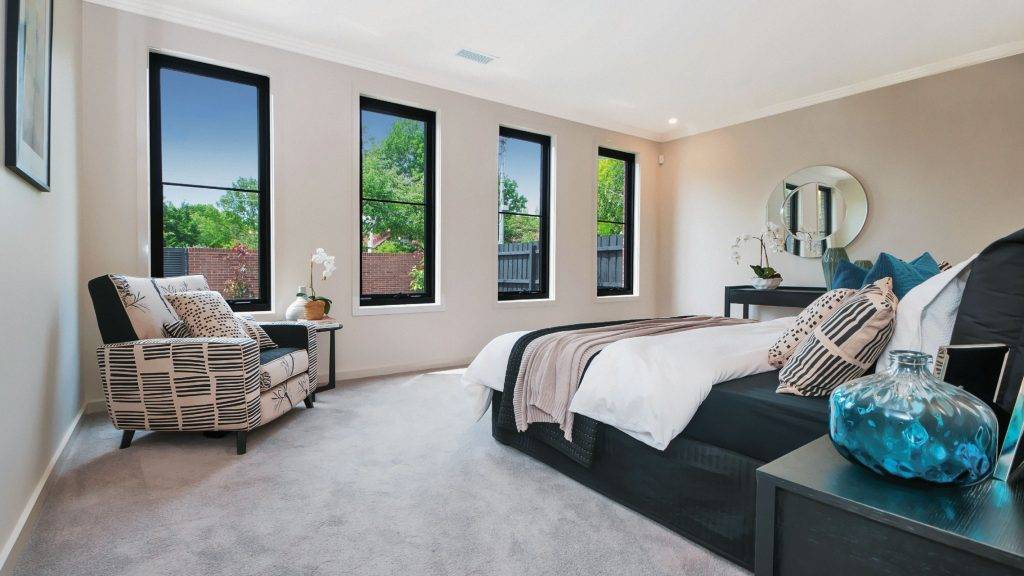
Source: Bradnams
Awning Windows: Awning windows are a practical choice for second storey additions. They open outward from the bottom, creating a canopy effect that allows fresh air to circulate while keeping rain out. These windows are ideal for bedrooms, bathrooms, or any area where privacy and ventilation are essential. Bradnams offers awning windows that are not only functional but also stylish, enhancing the overall appeal of your space.

Source: Bradnams
Double-Hung Windows: Double-hung windows combine timeless elegance with versatility. They consist of two sashes that slide vertically within the frame, offering flexibility in controlling airflow and natural light. Bradnams’ double-hung windows are designed with modern features, ensuring smooth operation and energy efficiency. They are a perfect fit for a classic or contemporary second storey addition.
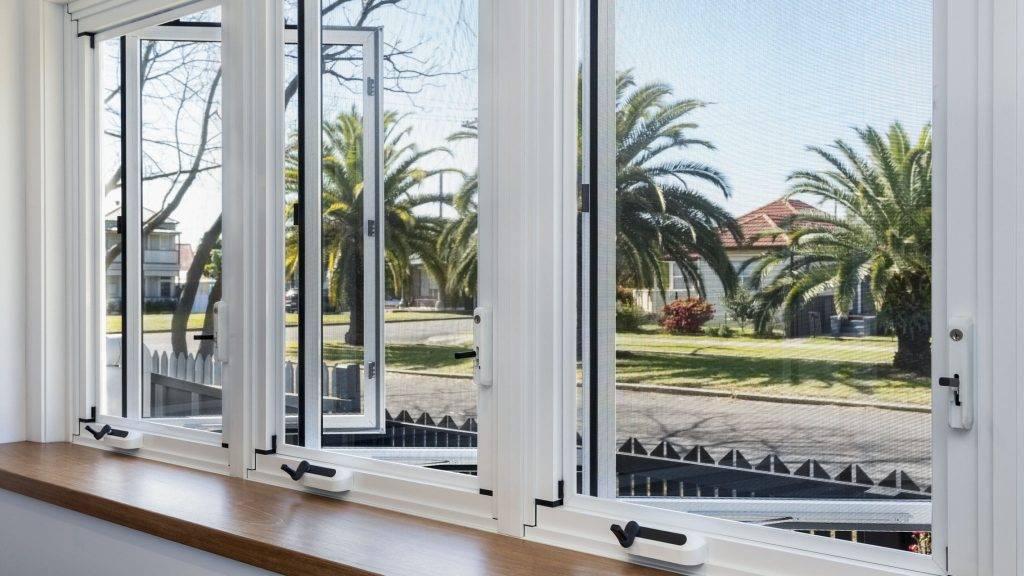
Source: Bradnams
Casement Windows: Casement windows are known for their unobstructed views and excellent ventilation. They are hinged on the side and open outward, allowing for maximum airflow. Bradnams’ casement windows are available in various sizes and configurations, making them suitable for different areas of your second storey addition.

Source: Bradnams
Louvre Windows: For those looking to add a touch of sophistication to their second storey space, louvre windows are an excellent choice. These windows consist of multiple horizontal blades that can be angled to control airflow and light. Bradnams offers sleek and modern louvre window designs that not only provide functionality but also enhance the aesthetic appeal of your home.
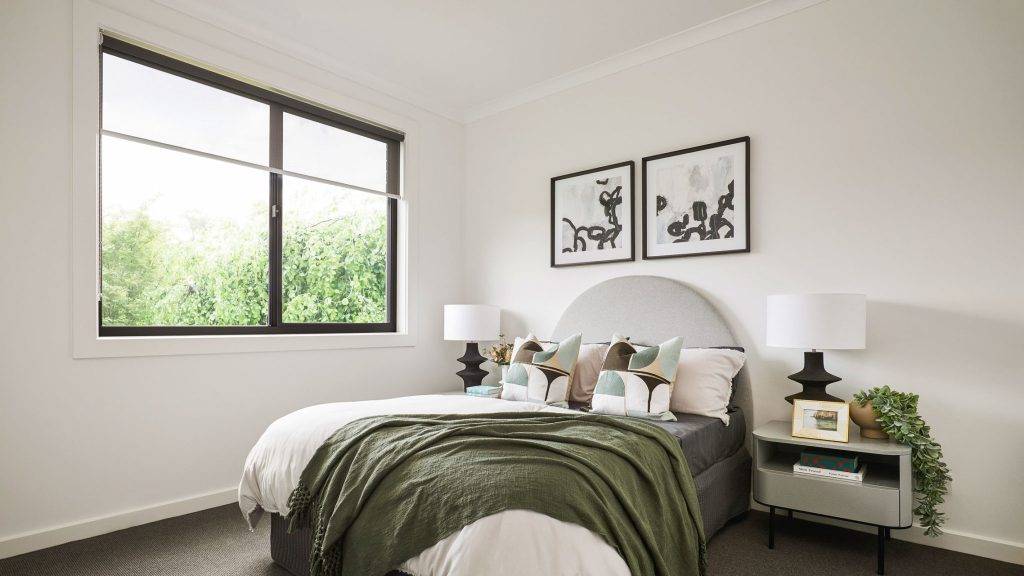
Source: Bradnams
Sliding Windows: Sliding windows are a classic option for second storey additions. They offer clean lines and unobstructed views, allowing ample natural light to flood your space. Bradnams’ sliding windows are designed with precision and offer smooth operation for years to come. They are an excellent choice for creating a bright and inviting atmosphere.

Source: Bradnams
Semi-Commercial Windows: If you’re looking to add a touch of sophistication to your second storey space, semi-commercial windows are an excellent choice. These windows combine style and functionality and are perfect for modern and sleek designs. Bradnams offers a range of semi-commercial windows that are energy-efficient and durable, ensuring your second storey addition stands the test of time.
Choosing the right windows for your second storey addition is a crucial decision, as it can significantly impact the overall look and feel of your space. With Bradnams’ high-quality windows and 32 Degrees Building’s expertise, this second storey windows guide ensures you have all the inspiration and knowledge you need to create a harmonious and functional living space that complements your lifestyle.
Contact us today to discuss your second storey addition project, and let us help you select the perfect windows to enhance your home’s beauty and functionality.
See more
Building Your Dream Home: Plans First or Builder First?
Do You Start with Plans or a Builder First?
When embarking on a Second Storey Addition, Ground Floor Extension or Large Scale Renovation project, one of the critical decisions you’ll face is whether to start with architectural plans or consult a builder first. It’s a topic that often divides opinions, with some advocating for plans first and others for the builder-first approach. At 32 Degrees Building, we believe that choosing the builder-first approach can save you time, money, and unnecessary headaches down the road. In this blog, we’ll explore why it might be in your best interest to consult a builder before diving into architectural plans.
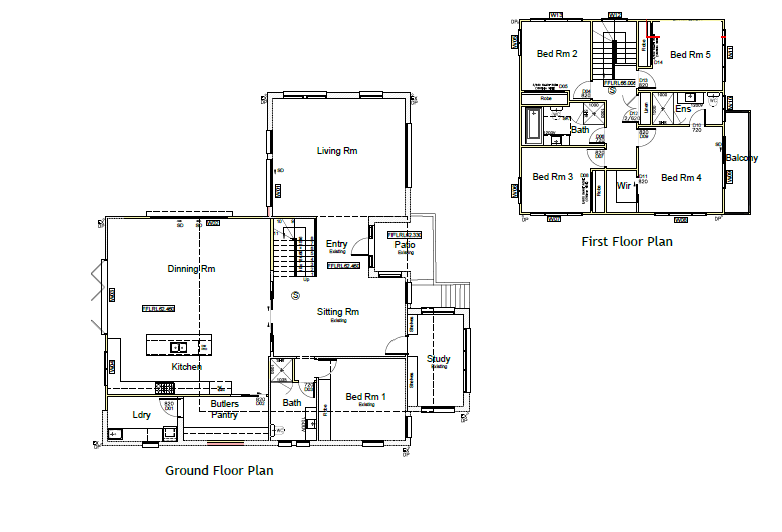
1. The Budget-Conscious Approach: One of the initial concerns when starting any construction project is budgeting. Will your dream design align with your financial resources? Architects are experts at creating beautiful designs, but they might not fully understand your budget constraints. By approaching a builder first, you can get an accurate quotation upfront, allowing you to make informed decisions about your project’s scope and financial feasibility.
2. Realistic Cost Assessment: Builders are well-versed in construction costs, market trends, and material expenses. When you consult a builder first, you tap into their expertise. They can provide valuable insights into cost-effective design choices and suggest alternatives that can save you money without sacrificing your vision.
3. Holistic Project Management: Opting for a builder-first approach means you’re not just receiving a quote. You’re partnering with professionals who can handle the preliminary aspects of your project, including architectural plans, engineering, and approval processes. This holistic approach saves you time, money, and the stress of coordinating various services independently.
4. Avoiding Costly Redesigns: Imagine spending a significant sum on independent architectural plans, only to discover that they don’t fit your budget or your vision needs adjustments. The cost of revisions or a complete redesign can be substantial. When you consult a builder first, they will work with you on your plans early on and provide valuable feedback, helping you avoid expensive changes later in the process.
5. Standard Preliminaries Simplified: At 32 Degrees Building, we offer a comprehensive preliminary service that covers all essential aspects of your project, such as architectural plans, surveys, BASIX compliance, environmental assessments, waste management planning, external colour scheduling, structural adequacy certificates, engineering plans, stormwater plans, Sydney Water Tap-In Approval, and assistance with the application process to Council or Certifier. Our bundled service not only streamlines the process but also offers cost savings compared to sourcing these services independently.
6. Cost Efficiency: Contrary to popular belief, obtaining preliminary services independently may not save you money. Our integrated package is designed to be more cost-effective while ensuring that all necessary aspects are handled efficiently.
Conclusion: In the pursuit of your dream home, the choice between plans first or builder first can significantly impact your project’s success. At 32 Degrees Building, we advocate for the builder-first approach, which provides you with a realistic cost assessment, holistic project management, and valuable insights to align your vision with your budget. Our comprehensive preliminary service simplifies the process and offers cost-efficiency.
To learn more about how our builder-first approach can benefit your second-storey addition, ground floor extension, or large-scale renovation, please contact us. We’re here to help you turn your dream home into a reality while keeping your project on track and within budget.
32 Degrees Building are participating in The Push-Up Challenge
32 Degrees Building are participating in The Push Up Challenge in June to support and improve Mental Health across Australia.
Our team will be completing 3,144 push-ups across each of our projects over 23 days, putting a spotlight on the number of lives lost to suicide in 2021.
Not only are we supporting the health of our team and raising mental health awareness in the construction industry, we are contributing towards interventions and preventions for depression, anxiety and suicide. As a company we have set out to achieve a goal of raising $2,000. You can view our donation and team page here to keep track of the push-ups completed! https://www.thepushupchallenge.com.au/fundraisers/leanmeanpushingmachines
If you see the team trying to bust out their push-ups for the day, please shout out and support our team with words of encouragement!
NEW PRODUCT: Weathertex Weathergroove Fusion
Weathergroove Fusion Cladding Project
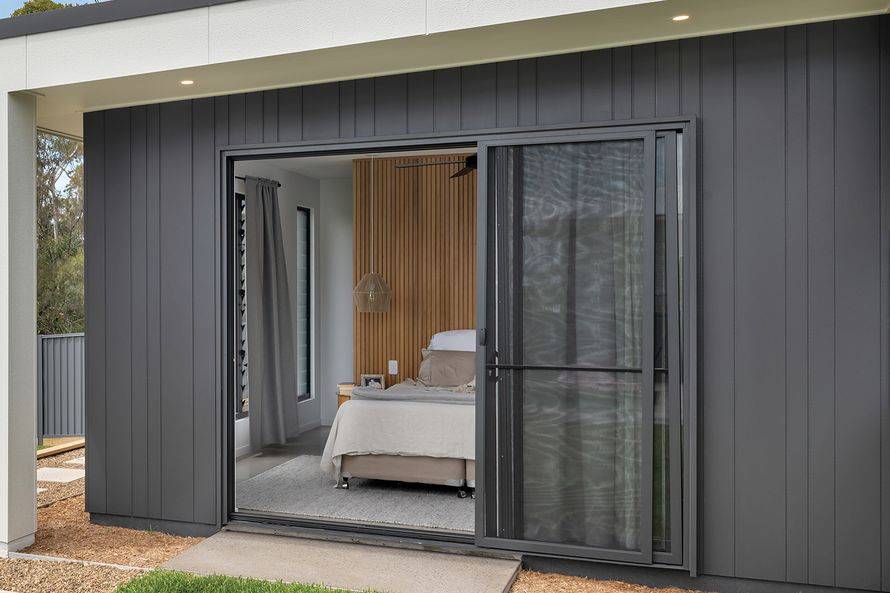
Weathertex WeatherGroove Fusion is a brand-new, exclusively designed architectural panel that is perfect for external and internal applications. It combines the grooves from popular Weathertex profiles to create a unique style that is trendy and stylish.
Available in two finishes, Natural and Smooth, Weathertex WeatherGroove Fusion retains every measure of durability and safety that Weathertex is known for. This makes it the perfect solution for those looking to add a second storey to their homes.
If you are looking for a stylish and trendy solution for the cladding of your second storey addition, then Weathertex WeatherGroove Fusion offers the perfect balance of strength and style.
Talk to our team to see how you can incorporate Weathertex WeatherGroove Fusion into your build.
See more
What the 2023 NCC Changes Mean for Homeowners
What the 2023 NCC Changes Mean for Homeowners
Changes are coming to the National Construction Code (NCC). Starting May 1, 2023, there will be a broad range of updates to the NCC that will impact the design and construction of Second Storey Additions, Ground Floor Extension and Large Scale Renovations.
These changes are essential for ensuring that Second Storey Additions, Ground Floor Extension and Large Scale Renovations are built to the highest standards of safety, livability, and efficiency.
So, what do you need to know about the NCC changes?
The changes are being implemented in two stages, with the first stage beginning on May 1, 2023. The second stage will begin on October 1, 2023, and will include further reforms relating to livable housing, energy efficiency, and condensation management.
Some of the key changes in stage one that affect Second Storey Additions, Ground Floor Extension and Large Scale Renovations include updates to the following:
- Internal and external waterproofing
- Falls to floor wastes
- Cladding and gutters and downpipes
- Corrosion protection for steel framing
- Sanitary plumbing and drainage
- Timber framing, bracing and connections of balconies to external walls
NCC 2022 will apply to Second Storey Additions, Ground Floor Extension and Large Scale Renovations where construction approval applications are submitted from May 1, 2023, though how this applies can vary from state to state.
Why You Can Trust 32 Degrees Building
At 32 Degrees Building, we take great pride in our ability to deliver exceptional building solutions to our clients. We also understand that choosing the right builder is one of the most important decisions you’ll make for your project. We specialise in second storey additions, ground floor extensions, and large-scale renovations, and we are here to stay.
Our well-run operations and capable management team are two key reasons we have become a trusted name in the industry. We understand the importance of clear communication, attention to detail, and a commitment to excellence. Our management team comprises experienced professionals with a wealth of knowledge and expertise in the industry. They are passionate about their work and are always looking for ways to improve our processes and deliver better results to our clients.
We are also proud to be a profitable and financially stable company. Our solid financial strength means that we have the resources and stability to continue operating through tough economic times, which means that our clients can trust us to complete their projects no matter what.

We are the experts in second storey additions, ground floor extensions, and large-scale renovations. We understand the unique challenges that these projects can present, and we have the skills and expertise to ensure that the end result is exactly what our clients envision. We are committed to delivering a stress-free and successful project from the initial consultation to the final handover.
At 32 Degrees Building, we are committed to excellence in everything we do. Our dedication to quality workmanship, attention to detail, and exceptional customer service sets us apart from our competitors. Whether you want to add a second storey to your home, extend your ground floor, or undertake a large-scale renovation project, we are the team you can trust.
If you’re looking for a reliable and trusted builder for your next second storey addition, ground floor extension, or large scale renovation project, look no further than 32 Degrees Building. By choosing the right builder, you ensure peace of mind and a smoother, more successful outcome. Our well-run operations, capable management team, and solid financial strength make us the perfect choice for your project. Contact us today to learn more about our services and how we can help you achieve your building goals.
See more
Should I Stay or Should I Go? Hot tips to help you survive your renovation
Stay or Move During a Renovation?
Tips for homeowners living through a renovation, extension or addition
How to Decide Whether to Move Out or Live Through a First Floor Addition, Ground Floor Extension or Renovation?
Live Through a Build or Move Out?
Whether you are building a First Floor Addition, Ground Floor Extension or Renovation, the one question that our clients always ask us is can they stay in the home and live through construction, or should they consider temporarily moving out? This is a big decision to make — with a lot of factors to consider other than your budget when entering into significant construction works to your home.
We have outlined below some of the factors to take into account when looking to stay or move, especially for those considering living through a renovation rather than relocating during their build.
Factor # 1 – Scope of works
<![endif]–>
Trainee’s Efforts Rewarded With Full-Time Role
Trainee to Builder – A 32 Degrees Success
Updated November 2025
It is always great to see a trainee excel and be rewarded with a full-time role once they complete their qualification. Stories like these highlight the importance of ongoing learning and building trainee success across the industry.
That’s been the case for Kelsey Ray, who has just completed her Certificate III in Business Administration with us here at 32 Degrees Building.
Kelsey is “delighted” to be staying on with the business, which specialised in custom-built new homes, first floor additions and ground floor extensions. She will continue in an administration type role, utilising the skills she has developed in customer service, processing payroll and navigating MYOB.
“Kelsey has been a positive addition to our team,” said Victoria Size, Operations Manager at 32 Degrees Building.
“She is assertive in her ability to step in and assist in other areas where she can and is always willing to learn more. Kelsey now has a great understanding of accounts payable and payroll and is continuing her learning path with sales, client support, HR and accounts receivable, which will ensure that she is a great asset to any company she works for.”
The skills and knowledge Kelsey has learnt in her traineeship have been invaluable to her with regard to working in an office environment.
“Being able to develop the skills I need to start my career in business administration in a practical, real world application,” Kelsey said of what she’s enjoyed the most about her traineeship.
A key element to any young employee getting the most out of their traineeship is the support they have around them. Kelsey described the support she received the last year as “excellent”.
“Everyone at 32 Degrees Building have been so willing to share their knowledge and experience with me, and it was comforting to know that My Gateway was always there if I needed help with anything.”
Prior to beginning her traineeship at 32 Degrees Building, Kelsey worked in the veterinary industry and had limited administration experience. This didn’t pose an issue during her traineeship, though, with Kelsey displaying an eagerness to learn and to help her colleagues when necessary.
“From the start Kelsey was all about the “why” – she had to understand why she was doing what she was doing and as soon as she understood this, she was able to effectively undertake her new role,” Victoria said.
Kelsey’s development throughout her traineeship has provided her with some great lessons and advice to help anyone looking to do a traineeship.
“Ask for help when you need it,” Kelsey said. “You’re there to learn and no one expects you to know how to do everything straight off the bat, so ask questions when you need to so you can get the support you need.”
“If you’re willing to put the effort in, you won’t regret it. The opportunity to learn on the job is truly invaluable and My Gateway will be there to help every step of the way.”
We are stoked to have Kelsey employed with us full-time as a valuable member of our team and thank My Gateway for their support throughout the process. Her story is a true reflection of building trainee success at 32 Degrees Building.
Start your career with us
Leading Hands, Carpenters, Carpentry Apprentices and Administrative Staff Required
Due to recent growth, we are looking for leading hands, carpenters, carpentry apprentices and administrative staff that live in the surrounding suburbs along the M4 & M5 corridors to join our team.
To apply, please call 02 4647 2324 and send your resume to admin@32degreesbuilding.com.au.
Must have a drivers licence and a ute, an immediate start is available for the right applicant. Attractive packages available to the right candidates and based upon skill level. Apprentices are paid as per the Award.
What do we offer in return?
A challenging, rewarding and safe working environment where you can develop your skills and gain a variety of experience across the residential construction industry. We will help you to cement your future in your chosen trade and offer exciting career opportunities for you.
See more

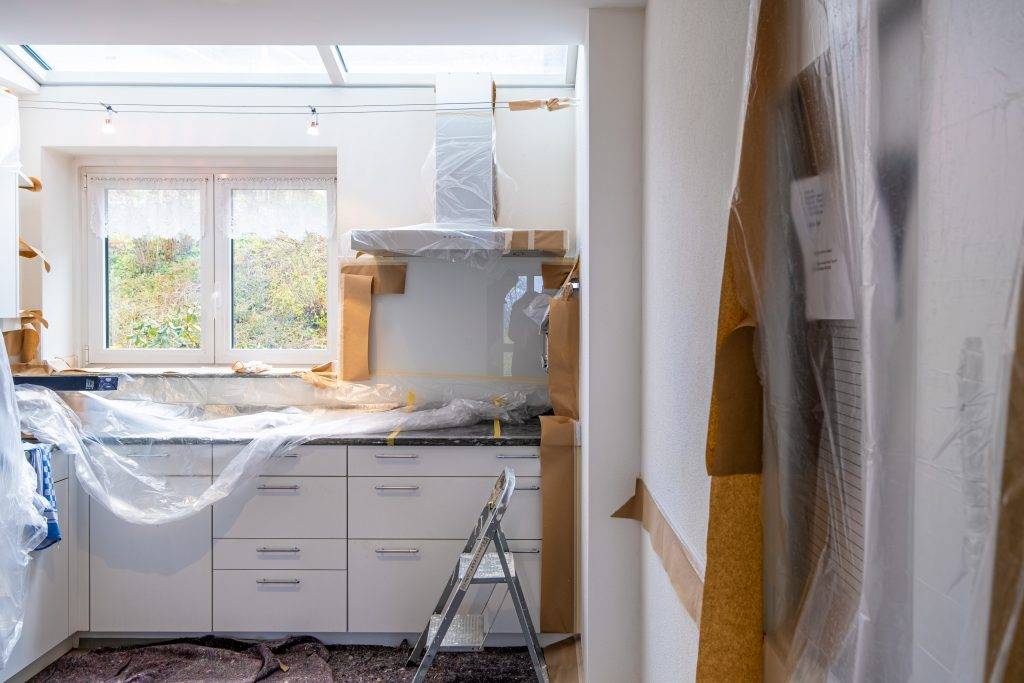

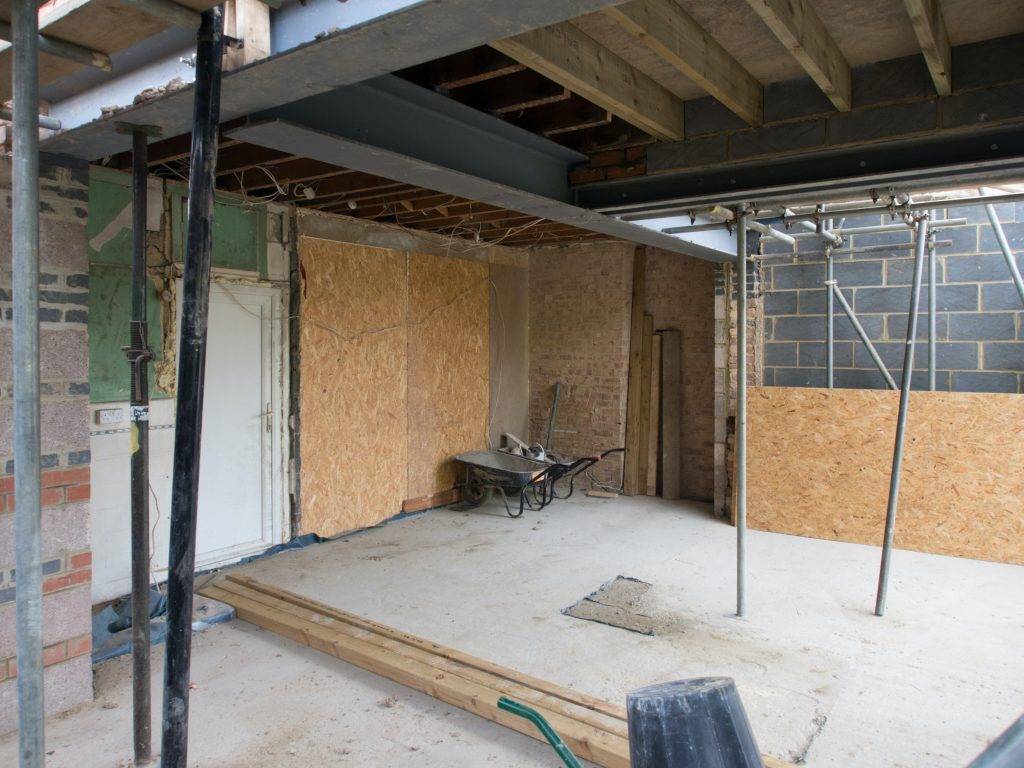 How much work is going to be done to your home? Are you doing a
How much work is going to be done to your home? Are you doing a 
 If you choose to live through the
If you choose to live through the  Can you deal with the noise coming from jackhammers, electric saws, welding machines, dump trucks, cement mixers, cement cutters, tamping machines, sledgehammers, and drills as early as 7 AM and as late as 6 PM?
Can you deal with the noise coming from jackhammers, electric saws, welding machines, dump trucks, cement mixers, cement cutters, tamping machines, sledgehammers, and drills as early as 7 AM and as late as 6 PM?  When the
When the 